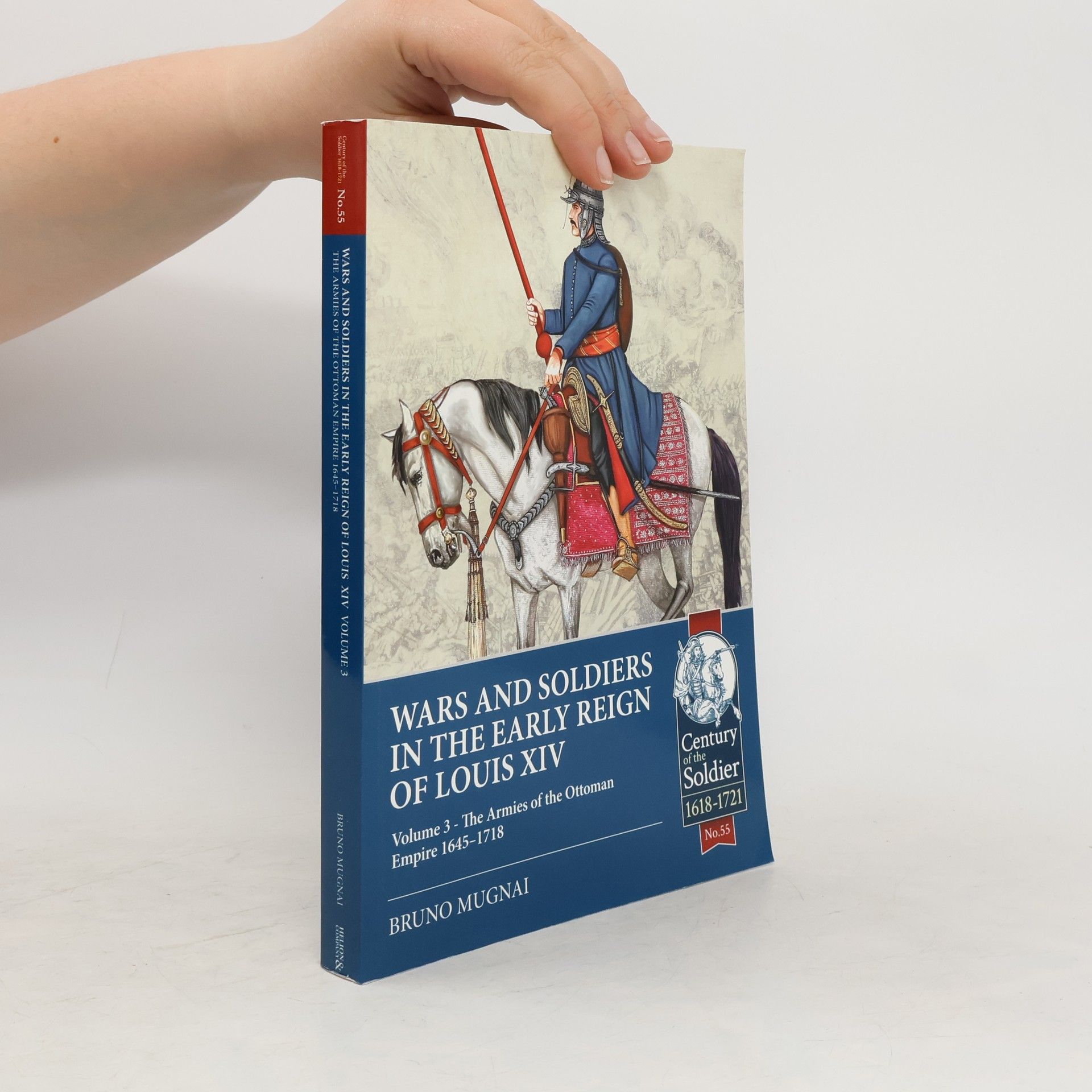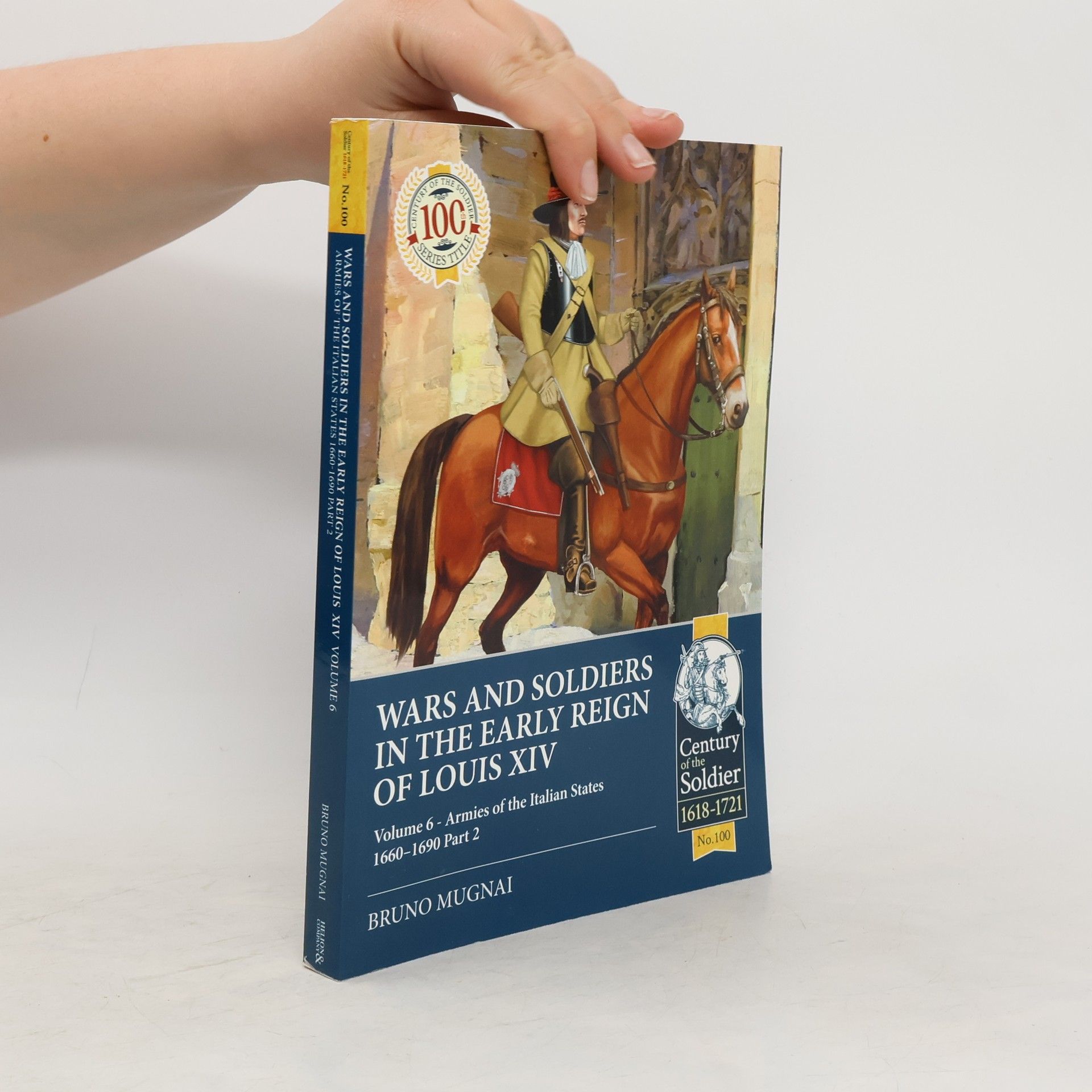Organization, composition and history of the army of the Sublime Porte in the age of the maximum expansion of the Empire.
Bruno Mugnai Books






The Ottoman Empire was only marginally affected by the conflicts of the Napoleonic era; however, the period between the 1790s and 1820s was very important for the history and institutions of the multicultural state. Scholars working on the Ottomans in the Balkans, Anatolia, Egypt, and Syria have reached something of a consensus about these years as a watershed for the Ottomans. It was a moment when reform became necessary not just as a palace experiment, but as a matter of life and death for the dynasty and empire alike. Survival in the Ottoman dynastic context meant engaging in a series of multilateral negotiations, not only with foreign powers, but also with a host of new military, intellectual, and religious elite groups. These emerged precisely because of shrinking borders, mobile military forces, and refugee populations. The struggle for survival was central to the changing dynamics of Ottoman society, especially in a period when war was generally proving too costly in human and economic terms. The toll on local society was large, and also interested the territories of the empire which were not directly within the war zones.The book examines changes and development of the Ottoman army from the Napoleonic Campaign in Egypt until the Serbian uprisings in 1804-13 and 1815, also including a detailed description of dress and equipment of the Ottoman soldiers of this period.
Wars and Soldiers in the Early Reign of Louis XIV Volume 8
The Armies of Sweden and Denmark-Norway, 1665-1690
- 280 pages
- 10 hours of reading
The book explores the military conflicts between Sweden and Denmark-Norway, highlighting their significance beyond mere peripheral battles. It examines the broader European struggle for dominance, particularly in relation to France's alliance with Sweden against the Dutch, and Denmark-Norway's opposing stance. The evolution of military strategies and administrative structures in Sweden, particularly under Gustavus Adolphus, is discussed alongside Denmark's pivotal role in these conflicts. Additionally, it includes detailed accounts of the armies' history, organization, and equipment, along with an appendix on the Duchy of Courland.
Wars and Soldiers in the Early Reign of Louis XIV Volume 7 Part 2
German Armies, 1660-1687
- 320 pages
- 12 hours of reading
The book delves into the transformation of the German military system following the Peace of Westphalia, examining its development and significance within Europe. It highlights the distinct defensive political culture that emerged among the German states, offering insights into how these factors shaped military strategies and influenced regional dynamics over time.
It was a commonplace that Italy offers little of interest to military historians after the full flower of the Renaissance, and that it had been deservedly forgotten.
Wars & Soldiers in the Early Reign of Louis XIV Volume 4
- 256 pages
- 9 hours of reading
It has been a commonly held historical belief that in the second half of the 17th century, the Spanish army suffered such catastrophic defeats that it effectively brought about the collapse of the state as a major player on the European stage. The wars, fought out in Catalonia, Franche Comté, Flanders, and Italy, resulted in a series of substantial defeats for Spain. The forces of Louis XIV carried all before them. Spain's ability to fend off the French monarch's assault was not eased by the fact that, at the same time, Spain had faced the Portuguese in the Iberian Peninsula, the English in the Caribbean, the Algerians in Melilla, as well as further insidious French assault in southern Italy and in the colonies. In this regard, it would be more correct to consider this age as a period of resilience, rather than military defeats. Equally superficially, the Portuguese War of Independence too was considered as a peripheral conflict of minor interest, while it also involved France and England in addition to the countries directly concerned. The story, organization, uniforms, and equipment of the Spanish and Portuguese armies of this age are dealt for the first time in a single book, after archive's sources and unpublished iconography.
The Cretan War (1645-1671)
- 176 pages
- 7 hours of reading
The army and the navy of Venice and Ottoman Empire during the campaigns fought for the possession of the 'pearl of the Mediterranean'. The legendary Venetian resistance impressed the courts of whole Europe, transforming the conflict in the 'Campo di Marte' of the continent.
The Army of Louis XIV is frequently depicted as being the apogee of the early modern standing army. It was large, well organised and the product of the French Absolutist Monarchy. The result was the creation of an entirely original instrument of war unlike any other European armies.
In the 17th century, Italy was the third-largest country by population in Europe, after France and Germany, passing into second position for a century after 1650. Northern as well as southern Italy constituted a key place in the strategic duel between Spain and France, and the Peninsula lied on the front line in the struggle against the Ottoman Empire. Moreover, Italian states constituted good examples of fairly efficient governance machines, which developed many matters, included the 'Military'. Some of these states experienced long periods of wars, to the point that the claim regarding social elites progressively demilitarized to an unequaled extent anywhere else in Europe should be considered no longer valid. This second volume looks at the armies of the lesser Italian States. The armies of Genoa, the Papal States, Tuscany, Parma, Modena, Mantua, Lucca, and many others are all examined in detail never before seen in the English language. This volume also covers the nature and execution of military affairs and war in Italy. The book is lavishly illustrated and comes with 16 especially commissioned color plates drawn by the author himself.
After the Peace of Westphalia, several German states developed a disciplined ‘Military’ that produced outstanding armies. Germany supplied mercenary troops to major and minor powers in Europe, and the military-state, usually exemplified by Prussia, became a crucial part of German history. However, Germany was apparently weak and internally divided in a multitude of states that constantly faced a hostile environment formed by belligerent great powers. Moreover, the German ‘Military’ was the resultant system of collective security and internal conflict and resolution that allowed a rich variety of political traditions to coexist relatively harmoniously. This system tried to preserve Germany against formidable attacks without making it a danger to the security of its neighbors. In contrast to the political culture of later German states, that of the ‘Reich’ was inherently defensive, preferring peace to war in both domestic politics and external relations. The book deals with the armies of the German Empire for the first time in a single book, with unpublished iconography and after the researches in the German archives.
